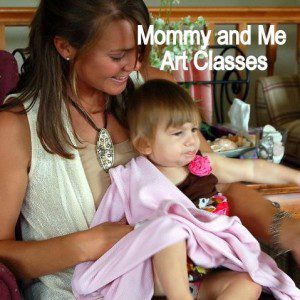Booby traps in the gym, and untraditional medical techniques
Booby traps in the gym
I have a certification from the American Red Cross in first aid, I am CPR certified and I can use an AED. All these things are of great importance should I ever be faced with a real emergency, but no one has ever taught me how to deal with the bumps and bruises associated with normal childhood.
I know what to do when a student runs into the wall, and when they hit their head on the floor.
I can handle a bloody nose and a scraped knee; I apply bandages without ever making contact.
These are real injuries, and they aren’t what I’m talking about.
I’m talking about kids tripping over lines on the floors, balls, jump ropes, hula-hoops, and one another.
When I was a beginning teacher, these falls threatened to turn me into a jittery nervous mess. Students even fell down when they were already seated. Fortunately, these events happened with such frequency that soon their effects began to wear off; falling would apparently be a fact of life in the elementary school. I could and do take steps to reduce the number of falls, but short of fitting them all with a harness and strapping them to the ceiling like little puppets, the falls would not be eliminated.
With experience I was able to conclude that falls were not the problem, it was dealing with the aftermath. Students scream and wail, claiming certain broken legs and arms, they speak of torn muscles and pain all over. I’m sure they would claim to have pinched nerves, collapsed lungs, and ruptured spleens if someone had only taught them these terms. The extreme reactions on the part of the students can cause any adult to start turning gray (since my hair is widely regarded as my best feature I found this unsettling). Slowly, I began to notice some discrepancies between the student’s emotional reactions and their actual physical behavior.
Having seen yet another student fall victim to one of my invisible booby traps, and land crushingly upon their knee, I rushed over thinking surely I was going to see my first dislocated patella. The student was crying, tears and snot streamed down their distraught cheeks, and yet they were kneeling on the injured knee. This seemed odd to me, so I asked if they could stand. Now to my knowledge I am unable to perform miracles, and yet the kid stood right up. A concerned friend handed the injured student his ball, and with that the injured student zipped off, back into the activities.
I never attended medical school, but one minute the student acted as if he had been hit with a bat, and the next minute he was running about like nothing happened, clearly I was missing something.
Working in the booby trapped house of horrors known as my gym allowed me to develop some unique treatment techniques, and advice for dealing with pain. Students often run up to me complaining of foot pain, after expressing my concern that they had been caught by the snare trap, I usually will recommend that the student simply try not to use the injured foot. This advice pleases them just fine and off they go. I’m coming to understand that many times they simply want to talk about their injury. Simply listening is all they need, they finish the story, and I offer up a simple, “Oh okay”, or “yeah it’s icy over there,” and with that they are off.
Occasionally, students are hit by the invisible wrecking ball that swings from the ceiling. They come to me proclaiming severe arm and shoulder discomfort, often holding the affected arm and leaning to the wrong side. I immediately launch into an experimental routine involving all sorts of bodily movements. Bend the elbow, touch your knees, touch your hands behind your back, put one arm up and one arm down, and stand on one foot, soon they are moving about and using the tattered limb just fine. I have even offered to perform emergency amputations, sadly, they turn me down every time, which is a real shame because I’d love to make medical history and be the first person to attach a pool noodle as a leg.
Now maybe you don’t approve of my unorthodox techniques, and you feel that I should be covering them in bandages, packing the limbs in ice, and wrapping them in ace wraps. My thoughts are that my techniques are no more useless then using the real methods inappropriately. Why do we train our students to seek treatment when none is needed? Certainly, I apply bandages to cuts or scrapes, but not to scratches or bruises that didn’t even break the skin. If a student has swelling then by all means give them ice, but let’s do it for real, instead of giving them an ice cube, baggy, and paper towel. This does nothing other than provide the students with an unneeded distraction and ultimately cause a water spill on the floor, for someone else to slip in, leading to yet another fall, and another ice baggy (round and around we go).
More often than not, students simply need someone to listen to their story, offer a distraction, and then encourage them to get back on the horse.
Leave a Reply
You must be logged in to post a comment.


